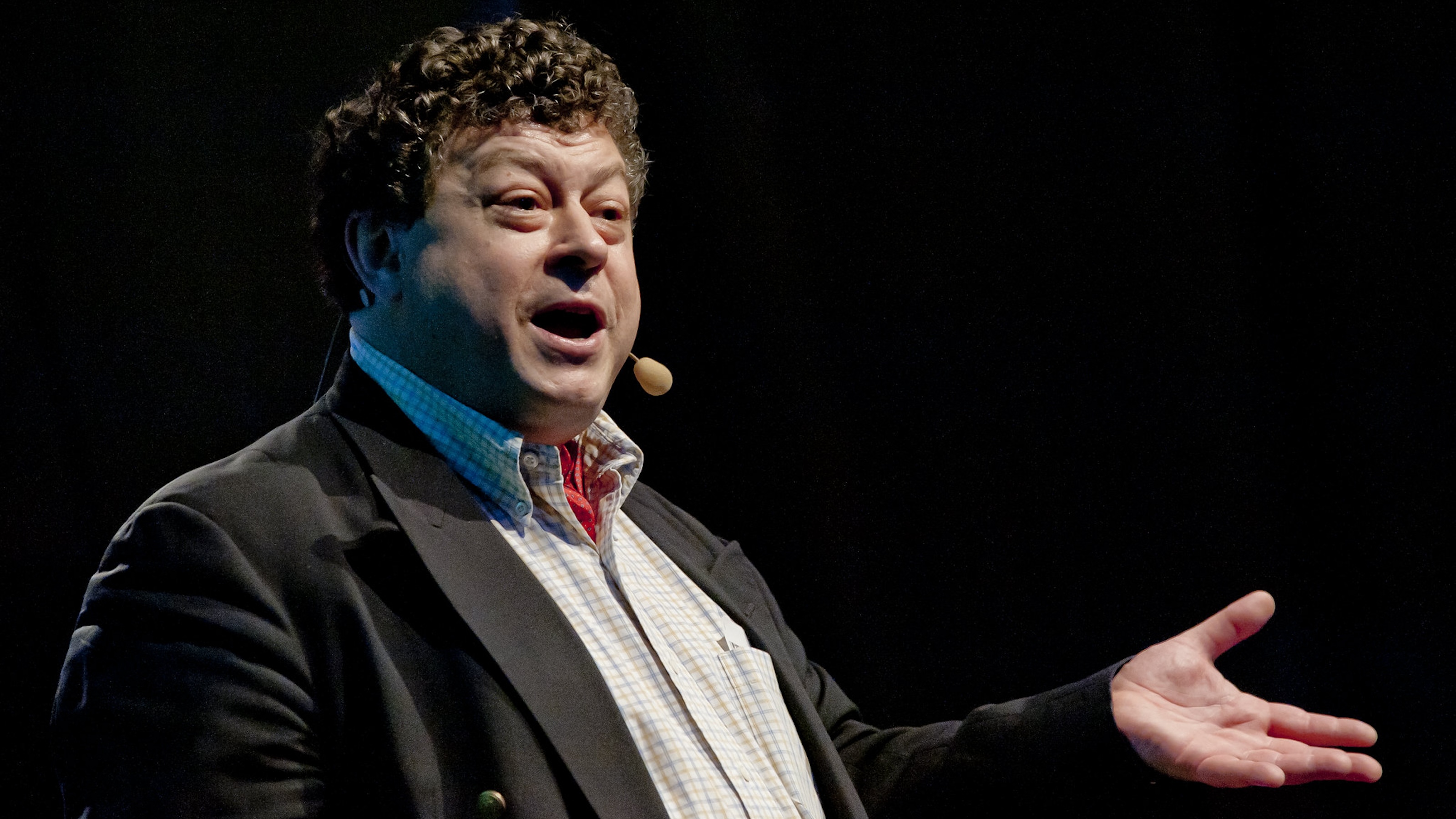More than ten years after the publication of his groundbreaking work of urban theory, “The Rise of the Creative Class,” Richard Florida is sticking to his assertion that the rising creative class is an engine of economic and cultural growth.
Richard Florida: The main message of my work over the past decade or more has been a fairly basic message and that’s that every single human being is creative. But then as with anything one has to put statistical parameters around what that means, and what I’ve found, is that in the United States and around the world our society is really divided into people who are principally paid to use their creativity at work and those who may be quite creative but they’re principally paid to use their physical labor or they’re involved in low-skill service work.
In any event, there are about 40 million Americans who are privileged to be members of what I call the creative class. There are people in science and technology. There are people who are entrepreneurs who work in research and development. They are architects, they’re designers; they work in arts and culture, the entertainment and media. And then the kind of classic knowledge based professionals that great management thinkers like Peter Drucker taught us about, people in business and management and healthcare and law and education.
Now right now in the United States its about 35 percent of the workforce but what’s interesting is through the terrible economic crisis we’ve had, while rates of unemployment for manufacturing workers went over 15 percent, and in some cases over 20 percent, for people who do low-skill service work like food preparation or personal care, that kind of work went well over ten percent. The rate of unemployment amongst the creative class never went higher than five percent. And we’re on track to generate another seven million of these jobs over the course of the next decade. And one thing that’s really interesting, when I first look at the creative class in the original version of the book in 2002, in the most advanced regions of the countries, places like San Francisco, or the Silicon Valley or Boulder, Colorado, or Austin, Texas, or Seattle or Boston, Raleigh-Durham, Washington, D.C. There might have been 35 or 40 percent.
Now in some of these regions, almost 50 percent of the workforce – we’re sitting in Manhattan today and in New York county, which is Manhattan, it’s nearly half of the workforce is already in this creative class and we have been able to look around the world and I added a whole new chapter on that in this book.
You know, in some countries like Singapore or in Sweden or in Norway or in Denmark, the Netherlands, already more than 45 to 50 percent of the workforce is doing this kind of creative class work. So in my view, it’s the growth force of our time and the real challenge ahead of us how do we get more and more people involved in creative class work using their minds, using their creativity, because it will afford them a better salary, it’ll improve productivity and it’ll hopefully begin to address the terrible inequality we face in our country.
Directed/Produced by Jonathan Fowler & Elizabeth Rodd





